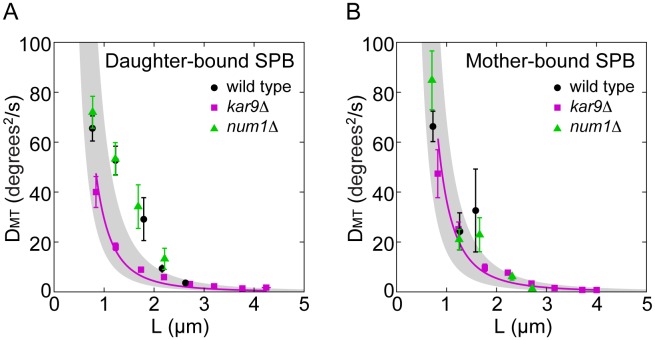Figure 3. Microtubule pivoting is driven by active processes.
The angular diffusion coefficient D MT as a function of microtubule length L, for microtubules extending from the SPB destined to the daughter cell (A) and from the SPB destined to the mother cell (B). Data from wild-type cells are shown in black, from kar9Δ cells in magenta, and from num1Δ cells in green. The angular diffusion coefficient was calculated as D MT = MSAD/(2Δt), where Δt = 3±0.5 s. MSAD and the corresponding mean microtubule length L were calculated from 20-second-long time series of the microtubule angle and length, respectively. The number of data points in each bin was 5–130, with more points for shorter microtubules; error bars represent s.e.m. For kar9Δ cells, a single-parameter fit of the equation D MT (degrees2/s) = (3⋅1802 ln(L/d) k B T)/(4 π3 L 3 η) to the data yielded the viscosity η = 475 cP in panel A and η = 384 cP in panel B (magenta lines). Here, d = 25 nm, k B = 1.38*10−23 J/K, and T = 298.15 K was used. The gray area marks the diffusion coefficient values calculated for a viscosity of 300 cP (upper bound) to 700 cP (lower bound).

